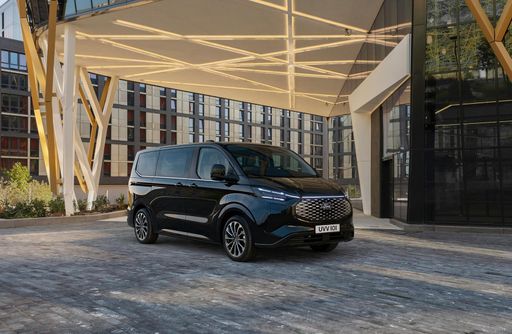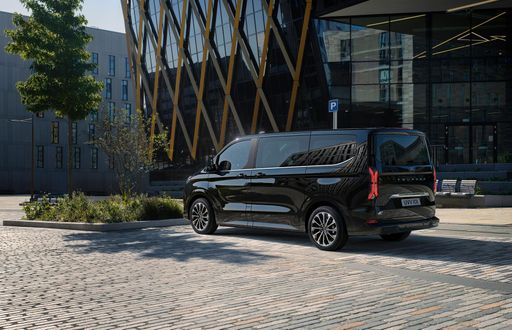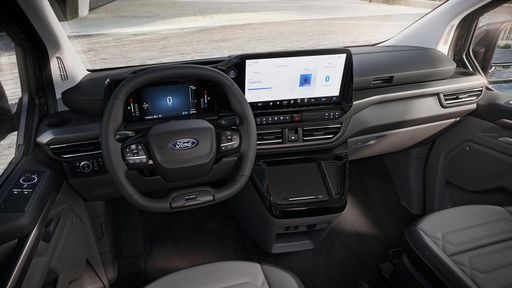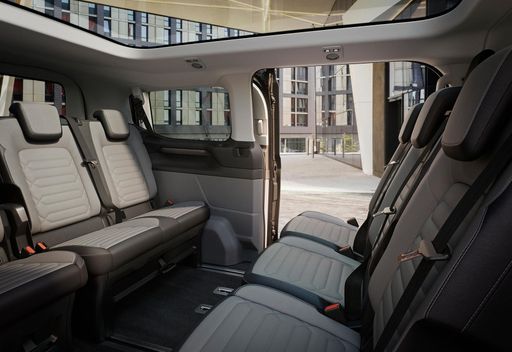Comparing Workhorses: The Ford Tourneo Custom vs. Mercedes Vito Transporter
In the world of commercial transport, two renowned contenders often steal the spotlight: the Ford Tourneo Custom and the Mercedes Vito Transporter. Both vehicles are designed to serve businesses and families alike, offering a blend of space, comfort, and efficiency. However, they cater to slightly different needs and preferences. In this article, we delve into their specifications, features, and innovations to help you decide which model stands out more.







